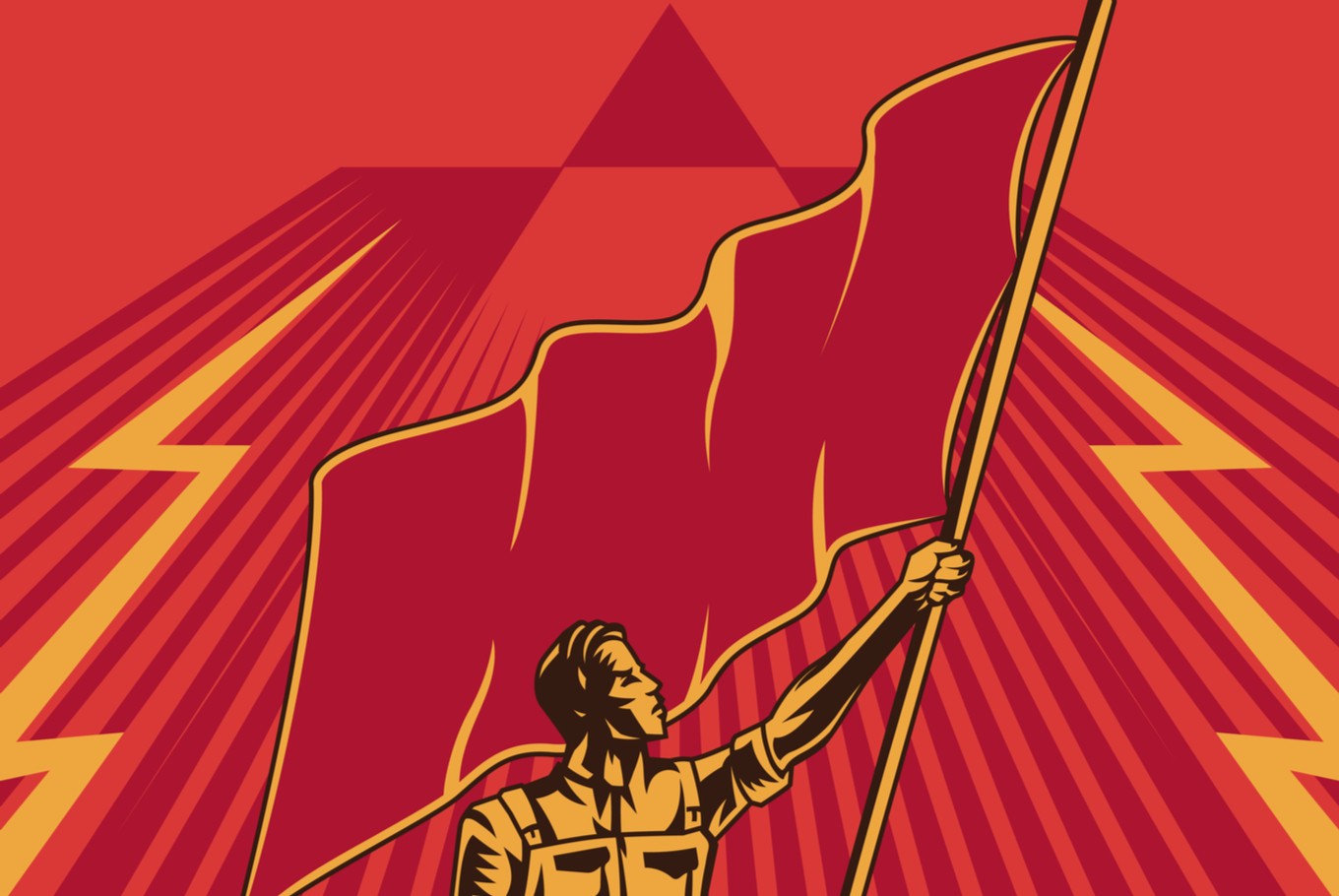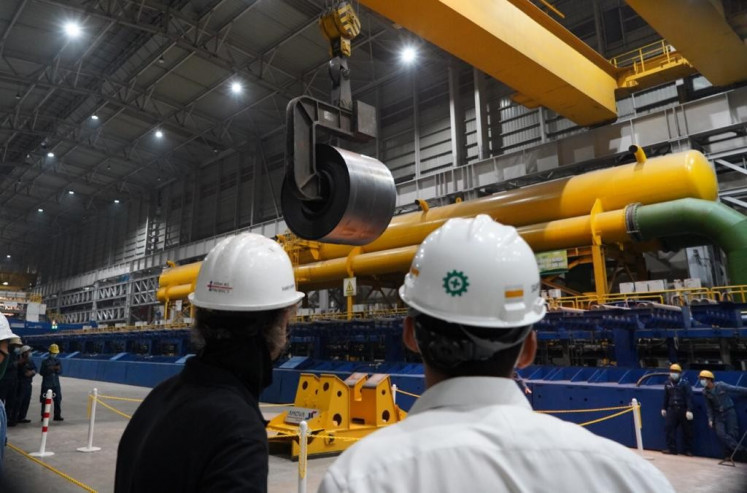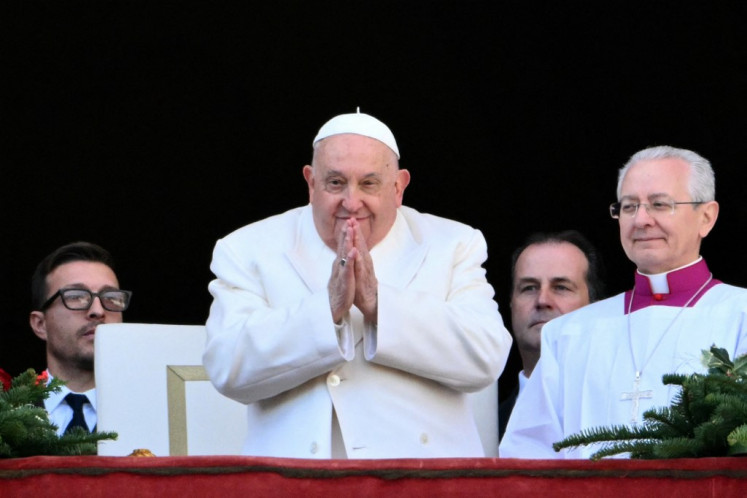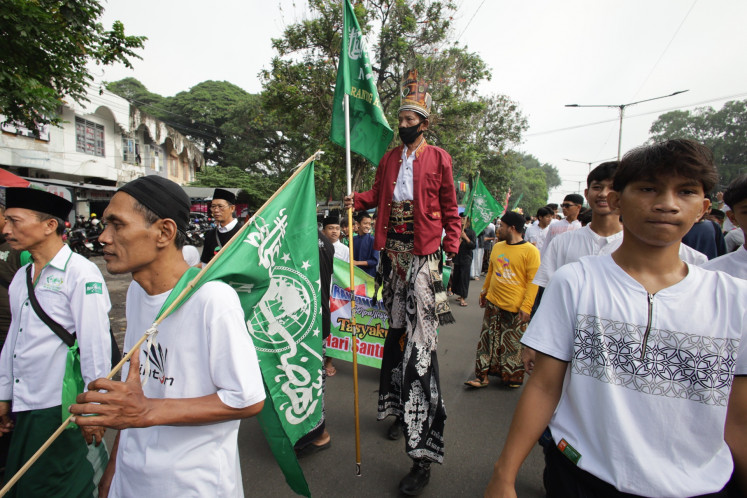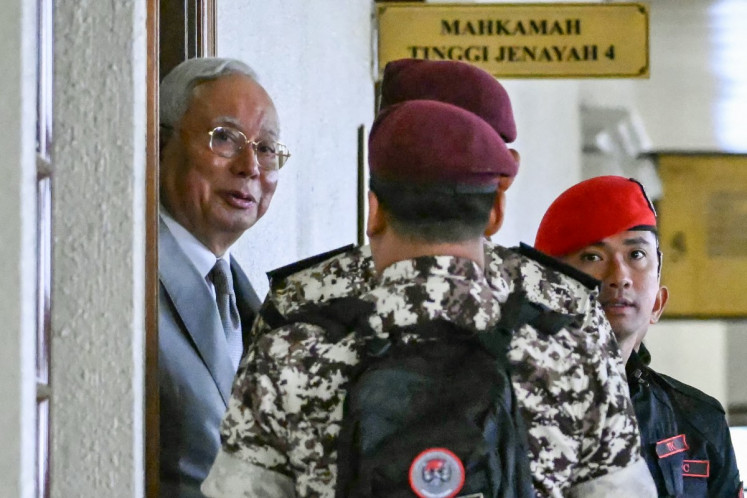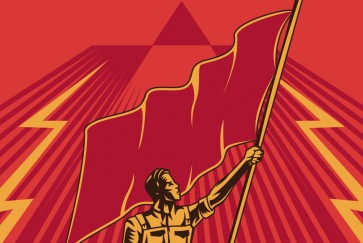Popular Reads
Top Results
Can't find what you're looking for?
View all search resultsPopular Reads
Top Results
Can't find what you're looking for?
View all search resultsCommentary: Politics of raising a specter that keeps haunting us
The absence of some semblance of collective truth on what really took place in 1965 by many have made it easy for many sides to raise the specter of communism whenever it is convenient.
Change text size
Gift Premium Articles
to Anyone
O
nly after a nation manages to come to terms with its past can it grow and mature as a member of the civilized world. A number of countries have taken steps to exorcise their past demons. South Africa performed such an exorcism with its Truth and Reconciliation Commission to rectify the wrongs from the systemic racism implemented by the apartheid system.
In Germany, the government resorted to a more rigorous method to teach the country’s youth about the horrific crimes against humanity committed by the Nazis. A standard German history textbook was so thoroughly designed to prevent the rise of racism, anti-Semitism and nationalism that many claim it has prevented the country’s youth from having a sense of pride in their own nation’s achievements. If one of your country’s past leaders was responsible for the holocaust that resulted in the deaths of 6 million Jews, there would be very little in the past of which to be proud.
Indonesia has its own version of the holocaust, but no one wants to talk about it. Depending on who you ask, the death toll from the purge that followed an aborted coup blamed on the Indonesian Communist Party (PKI) in 1965 ranged from 300,000 to 500,000 people. And we’re not talking about thousands of others who languished in prison, including a few hundred who were banished to the prison island of Buru.
Also, depending on who you ask, there are many interpretations of what exactly happened on the fateful night of Sept. 30, 1965. Western scholars have suggested that the mass murders were the outcome of an internal rift within the Army for control over the country in the post-Sukarno period. Scholars like John Roosa theorized that Gen. Soeharto planned the Sept. 30, 1965 coup attempt and used it as a pretext to take over power from founding president Sukarno.
The official version of history presented by the New Order regime was that the PKI cooked up a devious plan to seize power and turn Indonesia into a communist state. Along the way, as depicted in the propaganda film Pengkhianatan G30SPKI (The Treachery of G30SPKI), procommunist soldiers murdered and sadistic female PKI members mutilated pro-Western generals.
For more than three decades, it was the latter version of history that was taught at schools. Throughout the New Order era, every citizen was ordered to gather on Oct. 1, the day Soeharto started an operation to crush communists, and reflect on the “sanctity of Pancasila,” which managed to withstand the threat of communism.
In the period following the demise of the New Order regime, there have been efforts to offer an alternative version of history. President Abdurrahman “Gus Dur” Wahid proposed the revocation of a People’s Consultative Assembly (MPR) regulation banning the dissemination of any communist material. The proposal was roundly rejected and Gus Dur was ousted in a militarybacked power grab in 2001.

